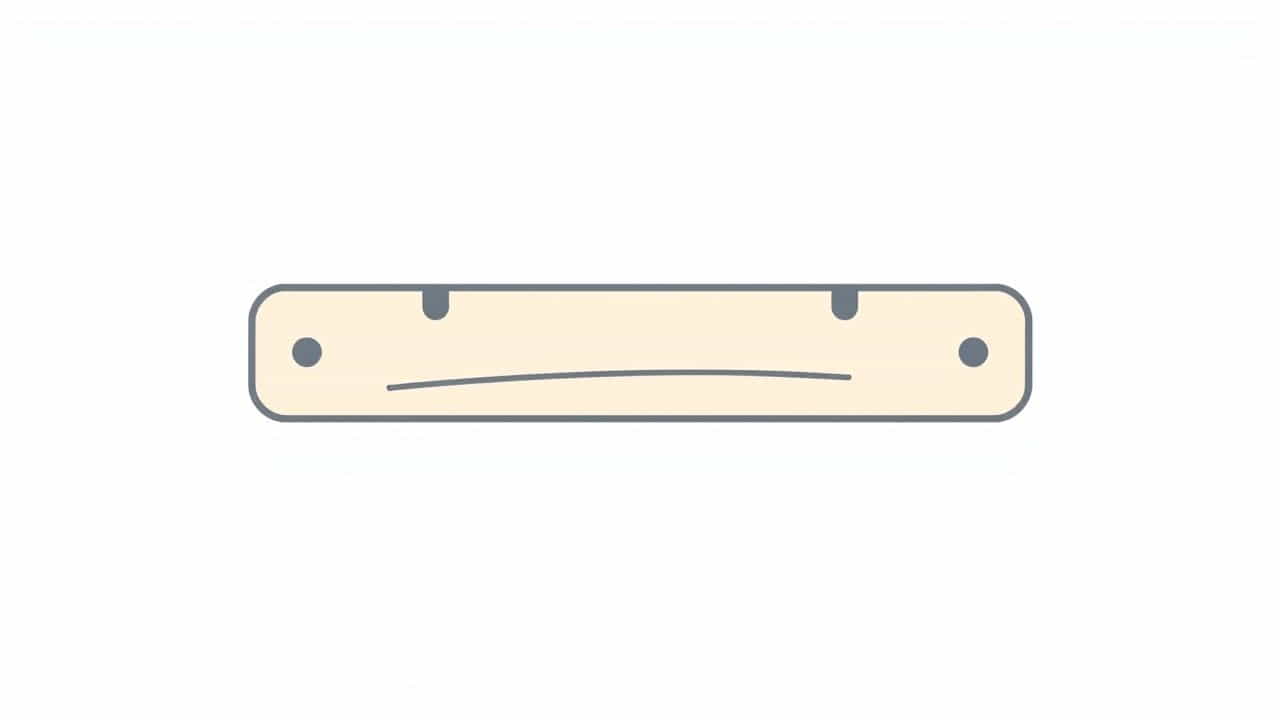A screed board, also known as a straightedge or leveling tool, is an essential tool used in construction and concrete finishing. It helps create a smooth, level surface by removing excess material from wet concrete, sand, or other leveling compounds.
Screed boards are widely used in flooring, paving, and plastering projects to ensure an even finish. Whether you’re a professional contractor or a DIY enthusiast, understanding what a screed board is, its types, uses, and techniques can help you achieve perfectly level surfaces.
What Is a Screed Board?
A screed board is a long, straight tool made from materials such as wood, aluminum, or magnesium. It is used to level and smooth surfaces by dragging it across a freshly applied material, such as concrete, sand, or self-leveling compounds.
Key Features of a Screed Board
-
Straight and rigid – Ensures a flat and even surface.
-
Lightweight and durable – Typically made from wood, aluminum, or magnesium for ease of use.
-
Different lengths – Available in sizes ranging from 1 meter to over 3 meters depending on the project.
-
Easy to handle – Designed for efficiency and precision.
Why Use a Screed Board?
A screed board plays a crucial role in construction and flooring projects for several reasons:
1. Ensures Level Surfaces
A screed board helps remove excess material and distribute it evenly, creating a perfectly level finish.
2. Improves Concrete Strength
By compacting and leveling the concrete properly, it helps reduce air pockets, leading to stronger and more durable structures.
3. Speeds Up Construction Work
Using a screed board makes leveling faster and more efficient, saving time and labor costs.
4. Enhances Floor and Pavement Quality
A well-leveled surface prevents cracks, unevenness, and water pooling, ensuring long-lasting results.
5. Easy to Use
Screed boards are simple to handle, making them useful for both professionals and DIY projects.
Types of Screed Boards
There are different types of screed boards available, each designed for specific applications:
1. Wooden Screed Board
-
Made from hardwood or softwood.
-
Affordable and commonly used in small-scale projects.
-
Requires frequent replacement due to wear and tear.
2. Aluminum Screed Board
-
Lightweight yet strong and durable.
-
Resistant to corrosion and bending.
-
Ideal for large-scale concrete and flooring work.
3. Magnesium Screed Board
-
More lightweight than aluminum.
-
Provides a super-smooth finish.
-
Commonly used for professional concrete finishing.
4. Bullfloat Screed
-
Features a long handle for reaching large areas.
-
Used in finishing concrete surfaces after screeding.
5. Vibrating Screed
-
Uses mechanical vibration to help level concrete efficiently.
-
Ideal for large-scale construction projects.
How to Use a Screed Board
Using a screed board properly ensures a smooth and level surface. Follow these steps for the best results:
1. Prepare the Surface
-
Make sure the area is properly compacted and ready for material application.
-
For concrete, ensure it is freshly poured and evenly spread.
2. Position the Screed Board
-
Place the screed board at the starting point of the surface.
-
Ensure it rests on guides or rails if used for precision leveling.
3. Begin Screeding
-
Hold the screed board firmly with both hands.
-
Drag it back and forth in a sawing motion while moving forward.
-
Use light pressure to remove excess material and fill low spots.
4. Check for Evenness
-
Inspect the surface for any dips or high spots.
-
Repeat the process until the area is perfectly level.
5. Smooth the Surface (Optional)
-
For concrete, use a bullfloat or trowel to create a polished finish.
-
Let the material cure properly before further work.
Common Mistakes to Avoid
To achieve the best results, avoid these common screeding mistakes:
1. Screeding Too Late
-
If the material starts to harden, it becomes difficult to level properly.
-
Always work quickly after application.
2. Using Excessive Pressure
-
Pressing too hard can force material away, creating an uneven surface.
-
Maintain a steady, controlled motion.
3. Not Checking for Levelness
- Always use a leveling tool or straightedge to check for dips and bumps.
4. Using the Wrong Screed Board
- Choose the right type based on the project size and material used.
Best Practices for Perfect Screeding
Follow these tips for professional-quality results:
1. Use Guides for Precision
- Placing wood or metal rails on both sides of the surface helps maintain an even level.
2. Keep the Screed Board Clean
- Remove excess material frequently to prevent uneven marks.
3. Work in Sections
- Screeding in smaller sections ensures better control and accuracy.
4. Use Water Sparingly
- Avoid over-wetting the surface, as it can weaken the material.
Where Is a Screed Board Used?
Screed boards are commonly used in various construction projects, including:
1. Concrete Flooring
- Ensures a smooth and even foundation for homes and buildings.
2. Driveways and Sidewalks
- Levels freshly poured concrete for durability.
3. Sand and Gravel Bases
- Helps create a flat base for paving stones and tiles.
4. Plastering and Wall Finishing
- Used in drywall and stucco applications for a smooth surface.
5. Sports Courts and Parking Lots
- Screeding ensures flat, high-quality surfaces for public spaces.
A screed board is an essential tool for leveling and smoothing surfaces in construction and flooring projects. Whether you are working with concrete, sand, or plaster, using the right type of screed board can help achieve professional-quality results.
By following proper techniques, avoiding common mistakes, and using the right type of screed board, you can ensure strong, durable, and level surfaces in all your projects.
